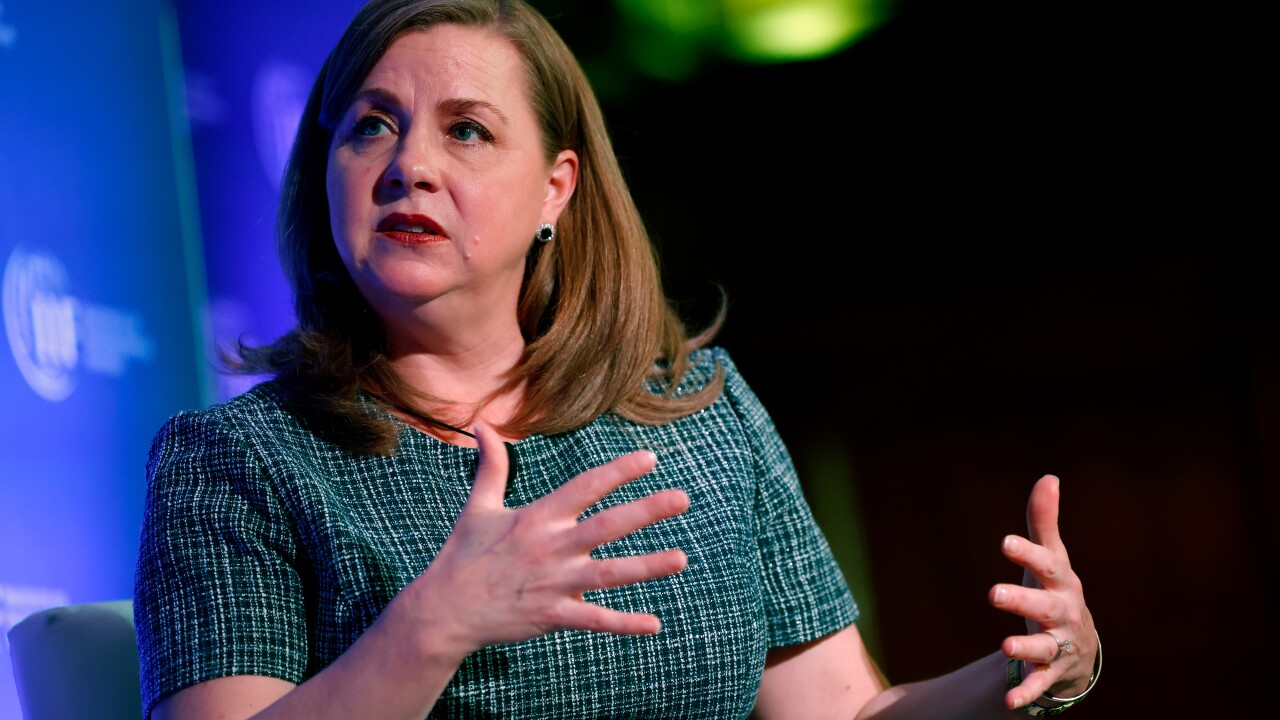Credit unions are worried about member acquisition and profitability — and for good reason.
As the coronavirus pandemic became widespread earlier this year, officials shuttered non-essential businesses, sending the economy into a tailspin and the unemployment rate skyrocketing. Even as some Americans get back to work, credit unions are still uncertain about maintaining their bottom line.
That makes sense since many institutions closed branch lobbies, potentially limiting new account openings, and loan demand has been tepid, which can cut into earnings.
“It’s a challenging environment and credit unions are challenged right now,” said Jeffrey Paille, a partner at consulting firm Bonadio Group. “Consumers are looking for safety and comfort, and that manifests itself in consistency. Changing financial institutions is not something people are eager to do right now.”

As for maintaining customer profitability, 60% of respondents said there were challenges related to COVID-19, according to the study. However, these numbers increased for respondents from the banking sector, including credit unions. Almost three-quarters of banking respondents said they faced problems with customer acquisition while 77% said maintaining customer profitability was challenging, according to the survey.
There are a few reasons that banking respondents are more concerned about customer acquisition and profitability than some other professions. For one, despite so much investment in technology, these digital banking systems are still predominantly for completing transactions rather than picking up new accounts, said Steve Reider, president of the consulting firm Bancography.
Most new account openings still happen in a branch, but this avenue was cut off when branch lobbies closed earlier this year and growth in membership has slowed. Credit union membership ticked up by 2.9%, to 124.7 million in July from a year earlier, according to the September trends report from CUNA Mutual Group. That’s the smallest increase since at least July 2017, according to the report.
“It’s no surprise that as lobbies closed, we’ve had a substantial impact to adding new members,” Reider said.
Management at Liberty Bay Credit Union in Braintree, Mass., realized early on during the pandemic that they needed to revamp their website to provide a better digital experience for members. The $708 million-asset institution began working on the project in late February and early March — as the pandemic became widespread — and launched the updated site in July.
Members can complete many tasks virtually, such as opening new accounts and applying for loans. Lyndon Matteson, president and CEO of Liberty Bay, credits the upgrade with helping the institution to better serve members as access to branches was limited.
“When we were in a state of emergency, no one could come to branches and that would create anxiety for our membership,” Matteson said. “Now they can do everything on the website that they can do at a branch, minus getting cash.”
So far Liberty Bay has weathered the economic fallout from the coronavirus. It’s added $60 million in residential loans with more than half of that coming from new members, Matteson said.
The institution has been helped by the overall refinance boom that’s given a boost to many credit unions. But Matteson also noted that Liberty Bay hasn’t pulled back in terms of its lending, and strong referrals from current members is also bolstering its results.
“I think our membership trusts us,” Matteson said. “We’ve been around for 103 years and we made it through the Great Depression. We are not a fly-by-night organization.”
There are credit unions with enough capital right now to take on new members who could result in near-term losses. But this strategy could mean establishing a deep sense of loyalty and that could translate into more opportunities later on, Paille said.
But not every credit union can withstand even a temporary hit, and more conservative management teams may purposefully pull back in terms of new member acquisition or reaching for profitability during a time of so much uncertainty. That could be contributing to some of the anxiety seen in the Arizent survey, Paille added.
Credit unions’
Beyond PPP loans and mortgage refis, demand for credit has been meager, Tuck noted. With the exception of credit unions over $1 billion in assets, every asset size category reported lower loan growth for the year ending in the second quarter compared with the same period a year earlier, according to the CUNA Mutual trends report.
All of this could mean a reckoning is in the works for some credit unions that rely on in-person customer service to differentiate themselves from competitors. The pandemic has accelerated long-term trends in declining foot traffic to branches.
“Credit unions and community banks are relationship-based financial institutions, and it’s about shaking hands and seeing people,” Tuck said. “And you just don’t have that right now.”




